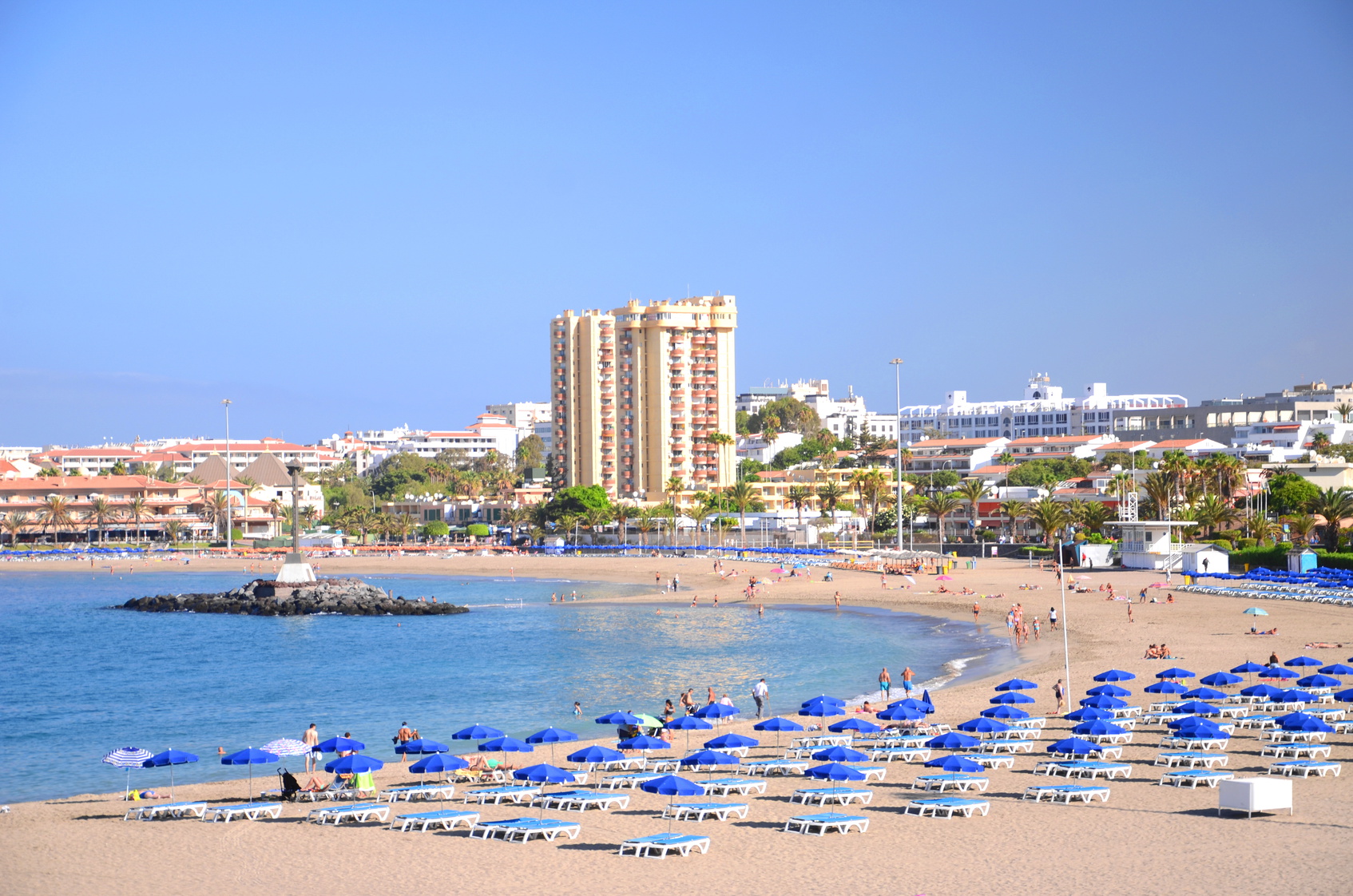Tourism to Koh Samui began in the 1970s when the first backpackers arrived on the shores of Thailand’s 2nd largest island. Seeing golden beaches lined with coconut trees those first visitors must have thought they had arrived in heaven! Some twenty years later I visited the island on an old, wooden boat from Surat Thani on the mainland. With no internet to pre-book a place to stay we landed at a small pier close to Nathon on the west coast where we were met by a number of local people offering rooms to rent. The photos of the beach bungalows shown to us by a young man with a pick-up truck looked too good to be true so we climbed on board and headed off to Mae Nam Beach on the north coast.
On arrival we were shown to our beachfront bungalow which was shaded by coconut trees and came complete with hammocks overlooking the Gulf of Thailand. Hardly any of the rooms were occupied and there was a small restaurant serving superb Thai dishes just a short stroll away. For a price of just $10 US per night we too thought that we’d died and gone to heaven.
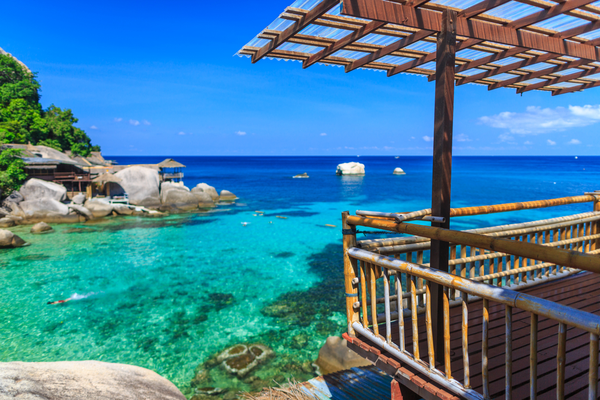
More recently we returned to Koh Samui in the hope of finding those same bungalows only to find that Mae Nam Beach is now an established holiday destination. In spite of the tourist developments it remains a lovely part of the island which is a far cry from the busy resorts of Chaweng and Lamai on the east coast. And whilst we never found the exact place where we’d stayed in the early 1990s there were similar bungalows available but their price had risen tenfold since our backpacking days.
Koh Samui is now Thailand’s 2nd most visited island after Phuket with as many as 2.5 million annual visitors. Such numbers are unsustainable on an island which is only around 25km from north to south and 20km from east to west. The face of tourism in Koh Samui continues to evolve. The early backpackers made way for a wave of budget travellers and the excessive growth of cheap tourism at those east coast resorts which gained a certain notoriety on the Asian travel circuit as party destinations. More recent developments have seen the growth of luxurious hotel properties and exclusive villa rentals as the island looks to turn its back on budget tourism in favour of a more exclusive future.
Koh Samui Travel Basics
Getting There
Koh Samui lies approximately 700km south of Bangkok and 35km offshore from the province of Surat Thani in southern Thailand. International travellers can arrange connecting flights from Bangkok’s Suvarnabhumi Airport from where there are many daily services to Koh Samui Airport. There are also domestic flights from Chiang Mai, Phuket, Krabi, and Pattaya as well as a few direct international arrivals from other nearby Asian countries. There’s also an overnight train from Bangkok’s Hualamphong station to Surat Thani from where you’ll need to take a 45km bus or taxi ride to the Donsak Raja Ferry Port. Frequent ferries travel from this port to Nathon Pier on Koh Samui’s west coast in approximately three hours.
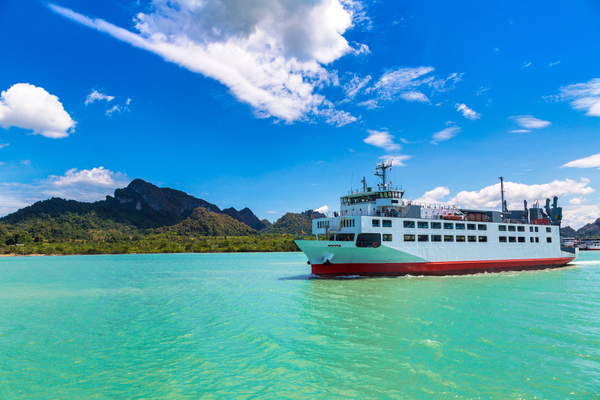
Koh Samui Airport
When Koh Samui Airport opened in 1989 its owners, Bangkok Airways, could never have foreseen the explosion of traffic that would take place in subsequent years. Today this small airport located just north of Chaweng deals with more than a million passengers per year. It is one of the most attractive airports you’re ever likely to use with two open-air “terminals” catering for domestic and international traffic. Its busiest route is the Bangkok Airways flight between Bangkok’s Suvarnabhumi Airport and the island. This provides transport to the island for Thai nationals travelling from the capital as well as foreign travellers who make connections at Suvarnabhumi after arriving in Thailand on flights from all over the world.
Airport Transfers
An Airport Shuttle bus service operates from outside the arrivals area (near the car park). There are two routes around the island which go as far as Nathon on the west coast. One goes west via Mae Nam Beach and the other goes south towards Chaweng and Lamai. Alternatively, there’s a transport desk inside the terminal building where passengers can book minivans or taxis to their destination. Unfortunately, queues at this desk tend to be rather long. The most convenient way to get to your destination is to pre-book an airport transfer from Koh Samui Airport and have a driver waiting for you on arrival.
Best Time to Visit
Whilst the island is warm and humid for most of the year it’s important for visitors to be aware of monsoon seasons which differ between the east and west coasts of southern Thailand. Phuket and the west of Thailand can experience monsoon rains between April and September but this part of the year is usually quite dry in Koh Samui. The driest months are usually from January to March and the wettest period is from October to December. Rainfall tends to come in the form of tropical showers which can be heavy but only for short periods of time.
Where to Stay in Koh Samui
The centre of Koh Samui is largely jungle whilst its perimeter road connecting all the island’s tourist destinations measures around 50km in total. It can easily be circumvented in a day by moped. The main resort is Chaweng which lies 3km south of the island’s airport on the east coast. Formerly a chilled-out destination for backpackers, the resort has grown beyond all recognition into the island’s premier nightlife destination. It is home to a large selection of accommodation, bars and restaurants. Just 12km further south is Lamai which isn’t as crowded as Chaweng but is still a lively resort with plenty nightlife and places to stay.
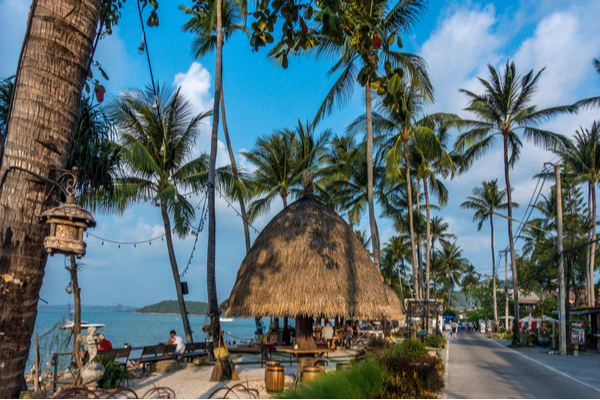
For something a lot more relaxed it’s worth heading for Mae Nam Beach which lies just 12km north-west of the airport. Nearby Bophut Beach is a good choice if you’re looking to get away from it all. The south coast of the island is very quiet but does have a number of small resorts such as Bang Kao Beach and Laem Set Beach
Tourist Attractions in Koh Samui and Beyond
Koh Samui is all about beautiful beaches and lively nightlife in its popular resorts rather than ‘must-see’ attractions. Having said that there are a number of interesting sights that are well worth making the effort to visit during your stay:
Big Buddha Temple (Wat Phra Yai): Standing on a headland just off Bangrak in the north of the island, this 15 metre tall Buddha appears on most island tours. The adjacent Big Buddha Beach is a great place for swimming and has seen significant tourist development in recent times.
Laem Sor Pagoda: In the very south of the island this ornately decorated Buddhist stupa is one of Koh Samui’s most important religious sites.
Grandmother and Grandfather Rocks: If you’re staying in Lamai Beach you can’t help but notice what is one of the island’s strangest attractions. These rocks are shaped remarkably like male and female genitalia which provides no end of amusement for some visitors.
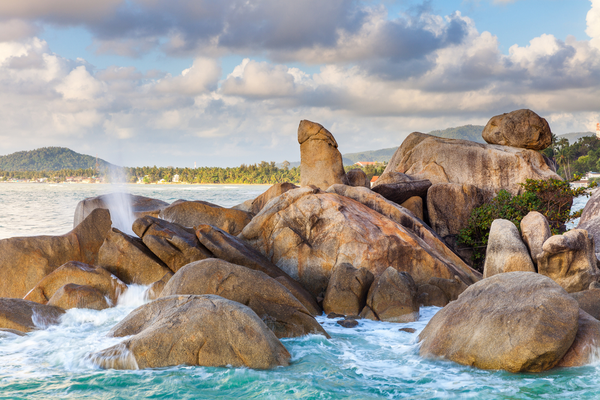
Wat Khunaram: Perhaps an even weirder sight in Na Mueang in the south of the island is this temple which is home to a mummified monk wearing sunglasses!
Waterfalls: Island tours almost all take an inland diversion from the west coast to stop at the Namtok Hin Lat where visitors can have a swim. More scenic waterfalls can be found further south at Na Mueang 1, which is accessible by vehicle, and Na Mueang 2 Waterfall which is the most impressive but requires a 2.5km walk.
Boat Trips: Travel agencies in the main resorts offer a numer of boat trips to nearby islands which is a great way to see a little more of the Chumphon Archipelago. The best known destinations include Ko Pha Ngan which is famous for its full moon parties, Ko Tao which is a popular scuba diving destination and the Ang Thong Marine National Park which is made up of 42 individual islands.
About Shuttle Direct
Shuttle Direct is one of the world’s most established and respected airport transfer providers. Our services are available throughout Europe as well as in North Africa, the Middle East, Southeast Asia and South America. Our friendly local drivers will ensure your safe, economical and convenient passage to and from the airport, cruise terminal or major train station of your choice with a minimum of fuss. Book your transfer with our easy to use online booking system and leave the rest up to us!


